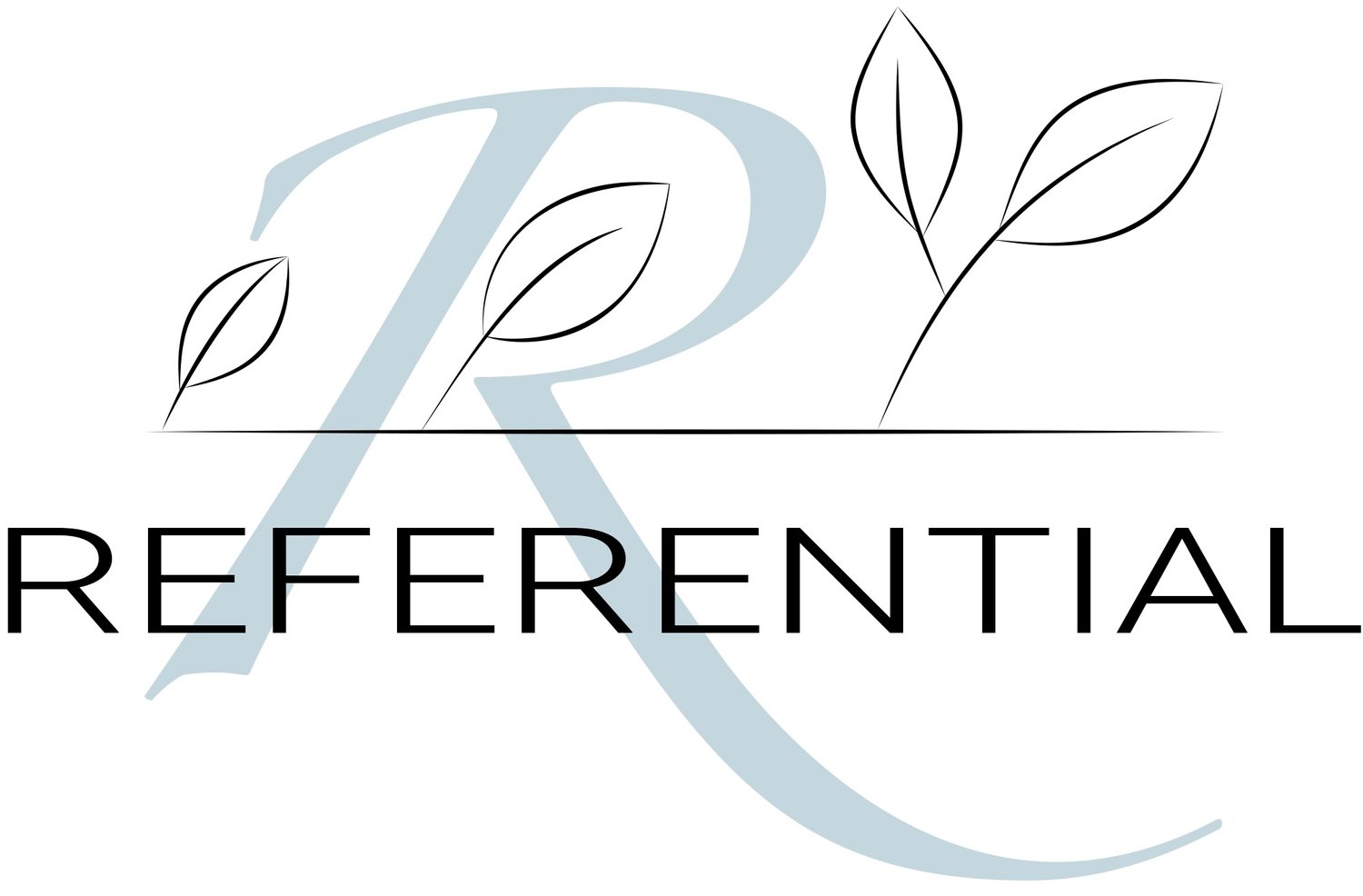Selling Sales on the Benefits of a Customer Advocacy Program
The key to any successful advocacy program is getting buy-in from your sales and customer success (CS) teams. After all, given the amount of time sales and CS teams invest in understanding individual customers, they’re often an advocacy program’s best friends in the effort to identify and recruit new customer advocates. These teams’ confidence and satisfaction in the program can be critical to driving its ongoing growth and success.
The hardest part of getting buy-in from sales and CS teams? These are busy people and often advocacy feels like just one more headache when their plate is already full. The challenge lies in proving the value of customer advocacy to these teams with simple benefits that outline what is in it for them and their customers.
How to Promote Customer Advocacy to Sales and CS Teams
Here are just a few of the benefits customer advocacy offers to sales and CS teams:
Access to happy customers willing to talk to a prospect: Through most customer advocacy programs, sales teams have a diverse database of delighted customers that have already agreed to speak with prospective customers. An advocacy program prevents the overuse of any one advocate and eliminates a sales rep’s scramble to find a referenceable customer among their or a colleague’s accounts.
Loyal customers are more likely to recommend you to others: Customers acquired through word-of-mouth have a 37% higher retention rate and according to Forbes, 91% of B2B purchasers' buying decisions are influenced by word of mouth.
Loyal customers have increased sales over time: Advocates are more likely to spend 2X more than the average customer within 24 months of becoming an active advocate.
Showcase customer achievements: Advocacy programs enable sales and CS teams to treat customers like rockstars by offering opportunities to celebrate customers’ successes in case studies, press releases, blogs, and professional awards.
Close deals quicker: Prospects buy 25% faster when a relevant reference is provided.
Customer Advocacy for Sales: Roles, Responsibilities, and Ways to Get Involved
Okay, now that we outlined what is in it for the sales and CS teams, next, we need to outline how these teams can help build your advocacy program and assist in recruiting new members.
How can they help?
Share insights on customer health: Nominate happy customers to the program. These teams have the most accessible direct access to customers and have built relationships. They usually know the most about a customer and are best suited to identifying the most enthusiastic supporters.
Use regular meetings to help move customers from retention to advocacy: When having conversations with customers, they can highlight the program benefits.
Support with follow-up communications: After a program invitation has been extended to a customer, send a follow-up email or have a conversation during the customer’s next check-in call to encourage them to participate.
Join a call: If possible, join the customer’s onboarding call to show support for the program.
Once you have the sales and CS teams engaged in the program, make it easy for them to get their customers involved. One method for simplifying sales and CS team engagement is providing them with a program overview that specifically focuses on the benefits of joining the program that they can share with their customers.
Here are a few examples of how an advocacy program benefits participating customers:
Exposure to new tips, strategies, and best practices.
Introductions to industry peers and opportunities to expand their professional network.
Positioning as a thought-leader via assisted blog posts and select public engagements such as being a webinar panelist or guest speaker at an event.
Exclusive access to program members-only events.
Direct access to product experts.
Opportunities to showcase their personal and organizational success.
Increased visibility as one of a company’s most innovative, successful customers.
Invitations to provide product feedback and influence the continued growth and benefit of a company’s solutions.
Customer Advocacy is a Team Sport
By providing a better understanding of what the advocacy program entails and the benefits it offers to sales and CS as well as their customers, you can start to win buy-in from these teams. When you have the confidence and support of sales and CS, you ensure their customer insights and relationships can be leveraged to amplify the overall success of your program, including critical aspects like the efficiency and effectiveness of recruiting new advocates.
Of course, ongoing communication between advocacy program managers and internal teams as well as continuous training and refreshers to keep the program forefront are essential to its longevity and continued growth. Using these steps to secure buy-in from sales and CS will help keep you on the right path to set your program up for success.
And, if you need support developing content for sales training, or just a thought-partner to brainstorm additional ways to engage your colleagues in sales and customer success, contact us! We’d love to help.


